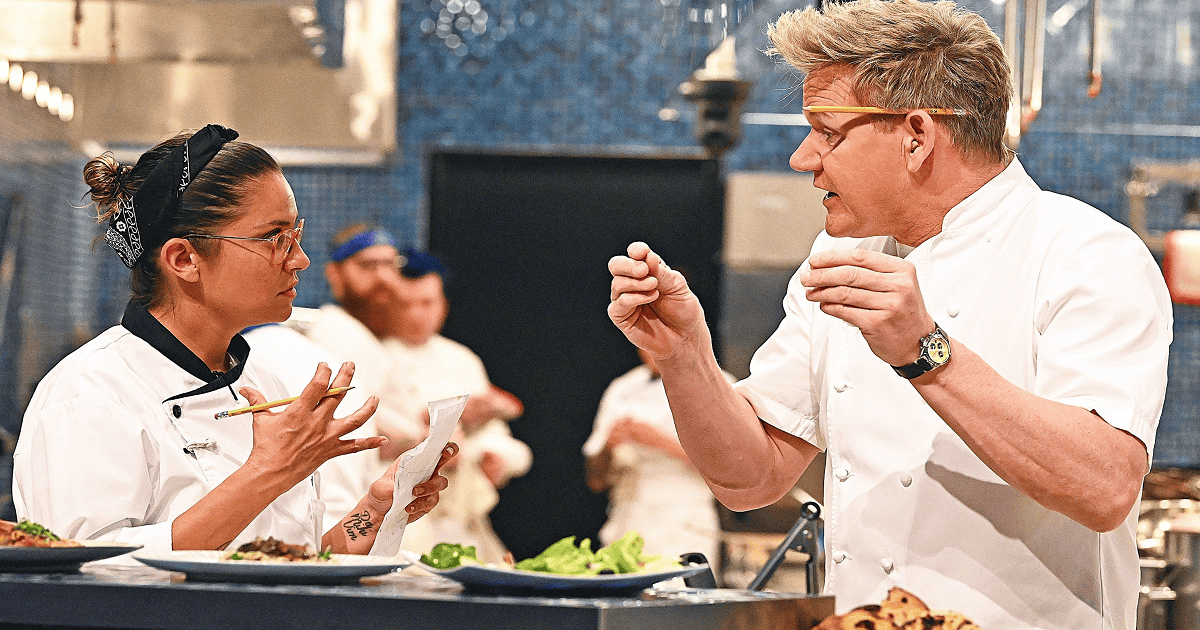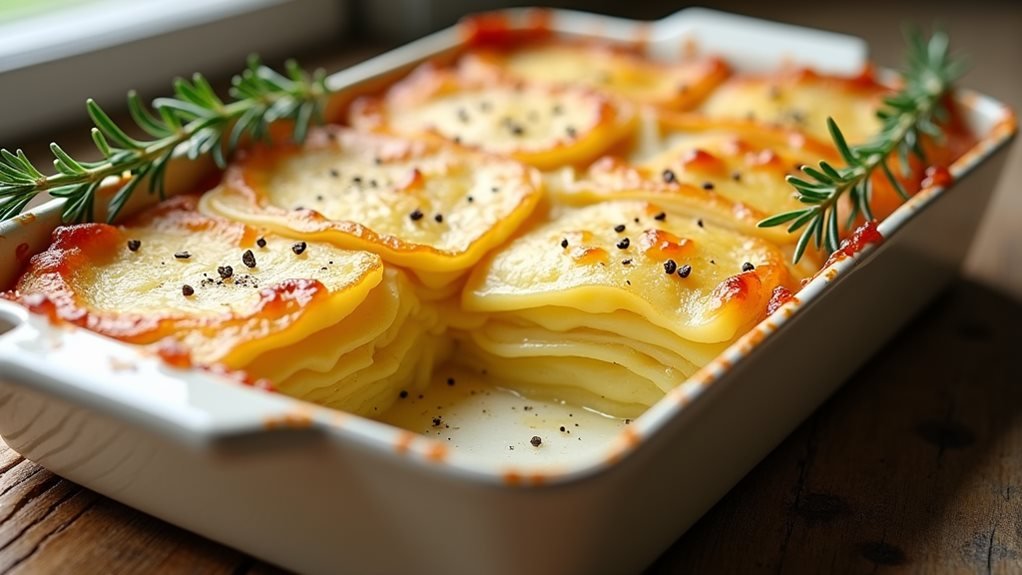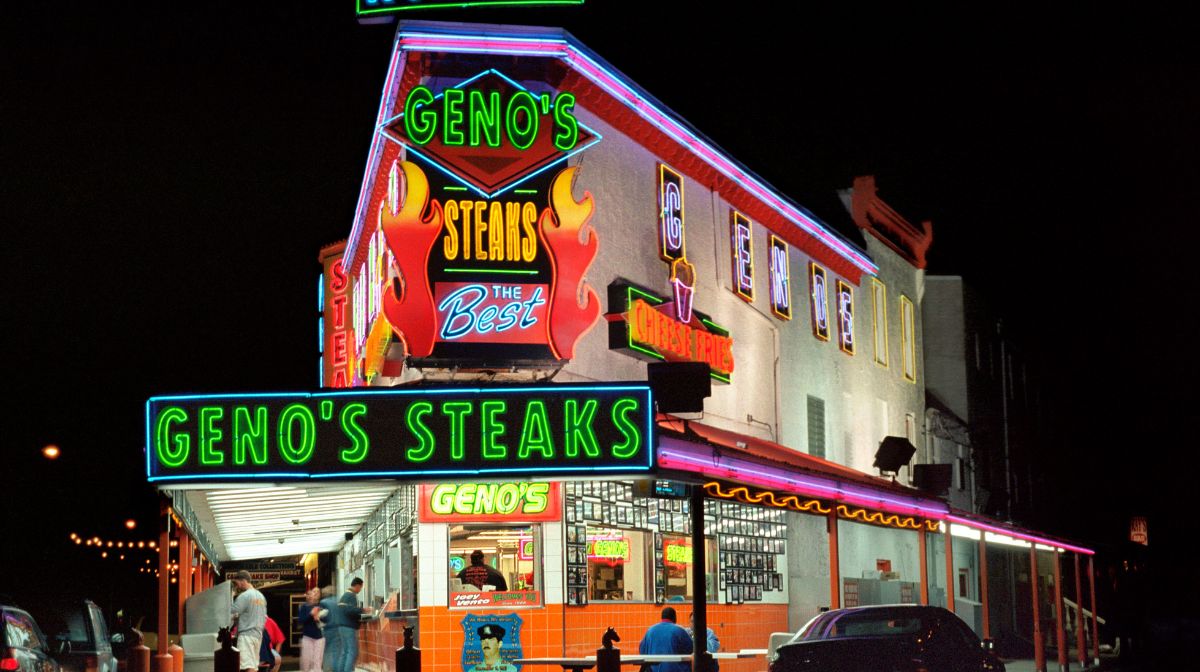Known as the “capital of knives,” Solingen in western Germany is home to Wusthof, Henckels, and dozens of other world-renowned blade manufacturers. Since medieval times, the city has become the blacksmithing center of Northern Europe. Weapons and tools made here have found their way to almost every corner of the continent.
This post compares Wusthof vs. Zwilling J.A. Henckels kitchen knives and delves into their similarities, differences, pros and cons, and more.
I’ve used and recommend both knife block sets, Henckels Zwilling Pro 7-pc Knife Block Set or Classic 15-piece Walnut Knife Block Set, both available on Amazon.
Learn about What Knives Does Hell’s Kitchen Star Gordon Ramsay Use
Why Choose A German Knife?
There are two varieties of chef’s knives in the marketplace. The German type (produced by Wusthof and Henckels) comprises thicker blades and more “normal” double bevels. Japanese-style knives are generally lighter and thinner and frequently have a flatter grind.
More conventional Japanese-style knives are often sharpened on one edge, meaning they can only be used left or right. German knives are generally slightly thicker (56-58 Rockwell) than Japanese knives (60-61 Rockwell).




Read up on Shun Knife vs. Zwilling
Which is a better Wusthof vs. Zwilling Comparison?
According to prudent reviews, Wusthof’s best knife set has a 14-degree angle per side compared to Zwilling’s 15 degrees. The Wusthof blades are a bit harder, so they are sharper for a longer time but more prone to chipping.
So Why Choose German Knives If Sharper is Better?
The short answer is that it is not after a specific point. A sharp German-style chef’s knife is already sharp enough to cut food like a hot knife through butter. Japanese knives don’t work that much better in typical kitchen situations.
Japanese knives carry quite a few drawbacks, too. You have to treat their fragile, delicate borders with respect and care.
If you use your knife around bones, then the thicker, softer steel of a German knife provides much more room for mistakes before damaging your knife.
Even though the more rigid steel means you don’t need to sharpen them often, the knife is more fragile.
Of course, neither style is wrong, so if you understand that you favor Japanese knives out of the experience, don’t hesitate to buy one.
However, if you’re unsure or don’t have much experience caring for a high-quality chef’s knife, it is better to err on caution and get a more durable German-style knife instead.

Buy: Wusthof Classic Knives Cutlery Set at Amazon
Wusthof Knives How They’re Made
Wusthof knives use the same X50CrMoV15 stainless steel combined with molybdenum and vanadium to improve their hardness, durability, and corrosion resistance.
Each knife is drop forged from a unique billet of steel, and the blade handles a single substantial piece; thus, they’re all full tang, one piece of steel from the tip to the heels.
Nothing is ordinary about this steel. But it is hard and unquestionably won’t rust.
The knives are heat-treated to a Rockwell hardness of 58, which is the norm for German-style knives. Finally, they’re all sharpened, with a few exceptions, to an angle of 14 degrees per side.
This is much sharper than the German-style knives, which used to be sharpened at around 22 degrees and shows the influence of the Japanese invasion.
Zwilling Knives How They’re Made
The best Henckels knife set utilizes high carbon and rust-resistant steel for all their knife blades, and they protect the edges using a limited lifetime guarantee.
Moreover, the blades have a complete tang that increases the equilibrium and endurance of each blade.
They cut their knife edges at a 15° angle, which can be reasonably sharp, though, as we will see, maybe not as sharp as the blades made by Wusthof.
But Zwilling knives are usually a bit more durable than their counterparts. Also, they feature a different curve near the end of the deal, in which you can break your pinky finger and prevent your hand from slipping.

Buy: Zwilling J.A. Henckels Professional S Knife at Amazon
Forged vs. Stamped Knives: What’s the Difference
Stamped knives are cut out (or stamped) of a sheet of steel. They have a few advantages but are lighter, lower priced, and considered lesser quality than forged knives.
Wusthof and Zwilling J.A. Henckels create stamped knives To give customers a lower-priced alternative.
Wusthof has one stamped knife line Named Wusthof Gourmet; Zwilling J.A. Henckels offers several stamped knife traces under the newest Henckels International, such as:
- Henckels International Silver cap
- Henckels International Option
- HenckelsInternational Statement
- HenckelsInternational Everedge Plus
- HenckelsInternational Fine Edge Pro
- HenckelsInternational Eversharp Pro
- Henckels International Fine Edge Synergy
These knife lines aren’t merely stamped, but Zwilling J.A. Henckels does not fabricate them in Germany; thus, the title Henckels International. Instead, these traces are produced in Spain and Asia.
A Simple way to differentiate Zwilling J.A. Henckel’s high-end Forged knives from their lower-cost, entry-level lines would be to examine the emblem on the blade.
Forged knives possess the double emblem, and the Lower-cost stamped knives keep one stick figure symbol.
Are you ready to slice, dice, and chop like a professional? Then you need the Henckels Zwilling Pro 7-pc Knife Block Set or the Classic 15-piece Walnut Knife Block Set. Get yours on Amazon today!
Hardness Rating
Henckels includes a hardness rating of 56-57 Rockwell; however, on a few collections by Bob Kramer. a few are Western is 61 Rockwell. Wusthof is rated at 58 Rockwell.
The greater the number, the more complex the steel; therefore, Wusthof knives will likely maintain their sharpness, whereas Henckels knives will probably be easier to sharpen.
Wusthof chef’s knives are made from one piece of high-carbon stainless steel and are heavier than equivalent options, making them strong enough to slice through anything.
Nonetheless, these knives are far better for overall chopping than precision jobs.
Chef’s Knife Blade Angle and Design
Another Substantial Note is that the angle to the blade has sharpened. Wusthof sharpens its knives into a thinner 14° angle on many traditional edges and 10° on each side on Asian design blades such as Santoku and Nakiri.
Henckels sharpens its knives to about 15 ° on each side for conventional blades and 10° on each side for Santoku knives. Henckels International Forged was created in Spain. Its designs use thicker steel than other Henckels forged products made in Germany.
There are a few other differences between those Forged knives.
The blade: The Wusthof knife bends steadily. Across front edges, more curved toward the front, are perfect for chopping in a rocking movement.
Even though most blades out of Henckels and Wusthof seem relatively similar, there are a few distinctions. The first is the hardness of steel.
The bolster is the metal cuff between the blade and the grip. Bolsters usually keep your finger from slipping while trimming and may substantially affect a knife’s equilibrium.
Wusthof chef’s knives comprise direct bolsters that let you find a fantastic grip.
Most German knife bolsters look like the one here. The Henckels Prostyle and the Wusthof Ikon lineup- Classic Ikon, Classic Ikon Creme, and Ikon Blackwood- have another blade design.
These traces include a “half reinforce” design. The bolster is the region of the knife that gets thick before the blade meets the handle.
The bolster has a vast region that extends from the blade’s surface into the cutting edge.
Together with the Guru, the bolster is cut short and gets thick, and the metal meets the grip. The bolster doesn’t extend to the heel or underside of this blade.
The handle is the most expensive part of a forged knife. Wusthof and Henckels create knives with a wide array of high-quality grips.
Typically, reliability and aesthetics drive management options. You may pick a manager that visually appeals to you while somebody else chooses from the clasp.
The Ikon Line of Wusthof chef’s knives possesses more of a contoured handle for an ergonomic grip. The alloy of the blade extends throughout the grip.
Still, our testing discovered the handle was too long, adversely impacting its equilibrium.
Conclusion
Assessing Wusthof vs. Henckels will likely take weeks Until you know all the slight differences between the manufacturers.
It’s crucial to remember that both firms make some of the best knives in the market, and they’re valued throughout Earth. Check out The 8 Best German Knife Brands for Your Kitchen
These companies have been in business for centuries, a testament to the quality of their products. The very best that any fair.
Wusthof vs. Henckels contrast can be expected to highlight the apparent differences between their merchandise. Discover Which Wusthof Knife Set & Collection Is Right for You
Why settle for less when you can have the best? Experience top-tier cutting precision with the Henckels Zwilling Pro 7-pc Knife Block Set or the Classic 15-piece Walnut Knife Block Set. Shop now on Amazon!








2 comments
thank you that was very informative
You’re very welcome!
Comments are closed.